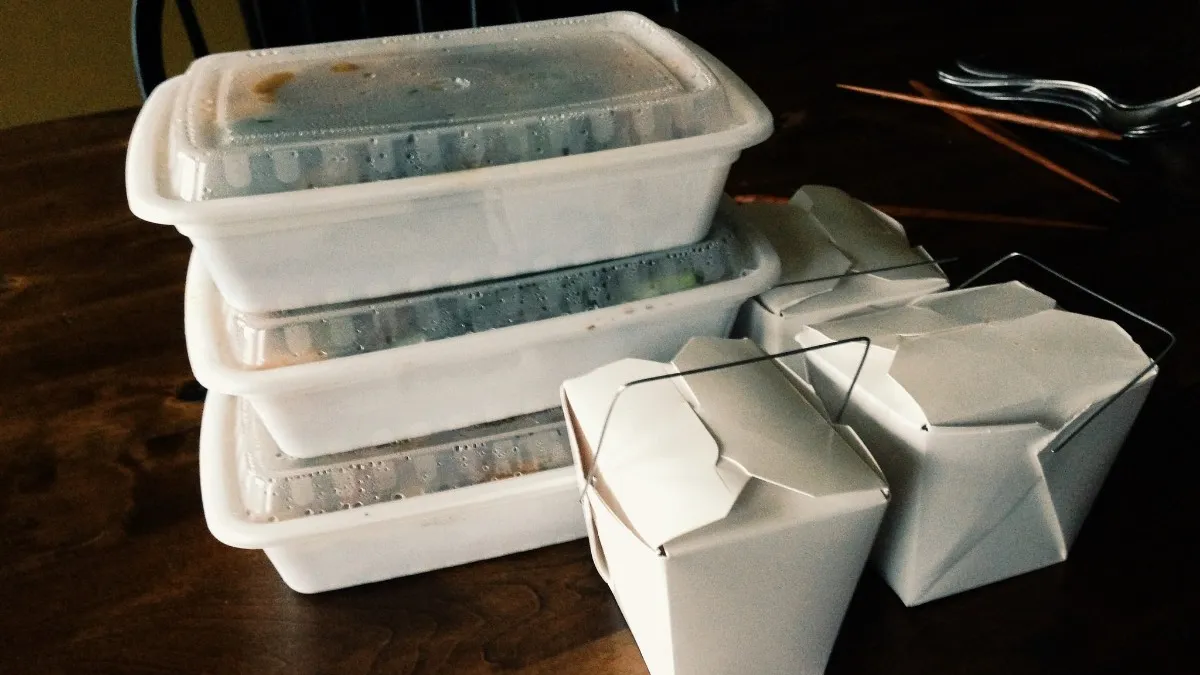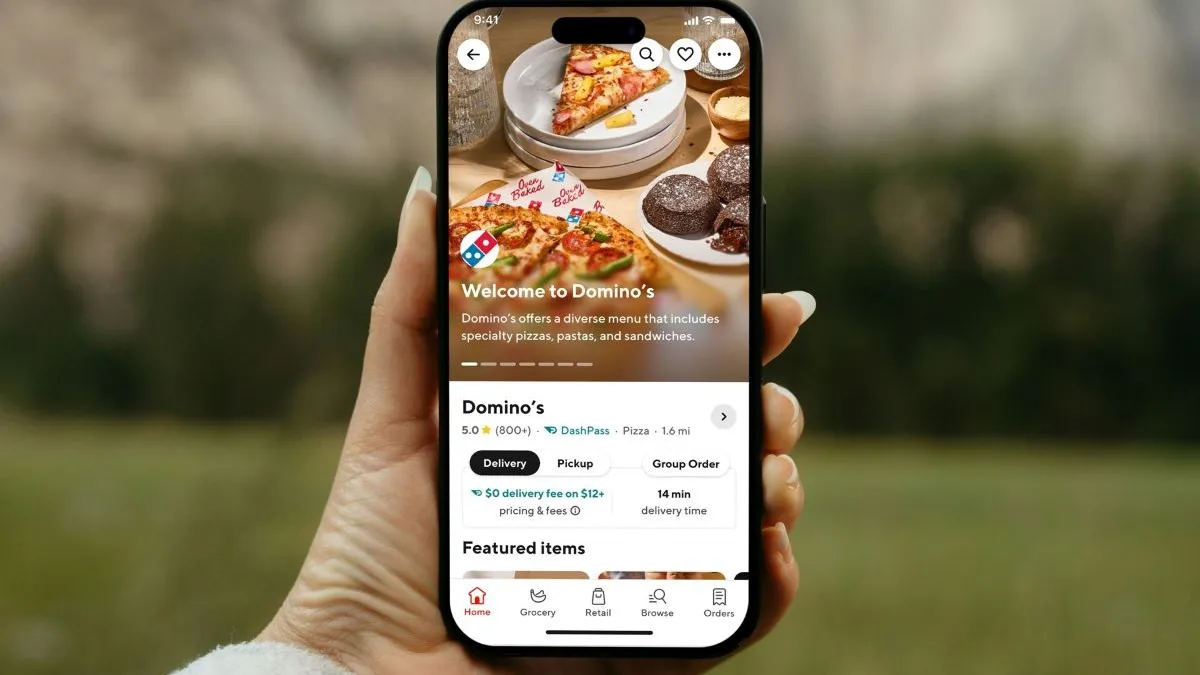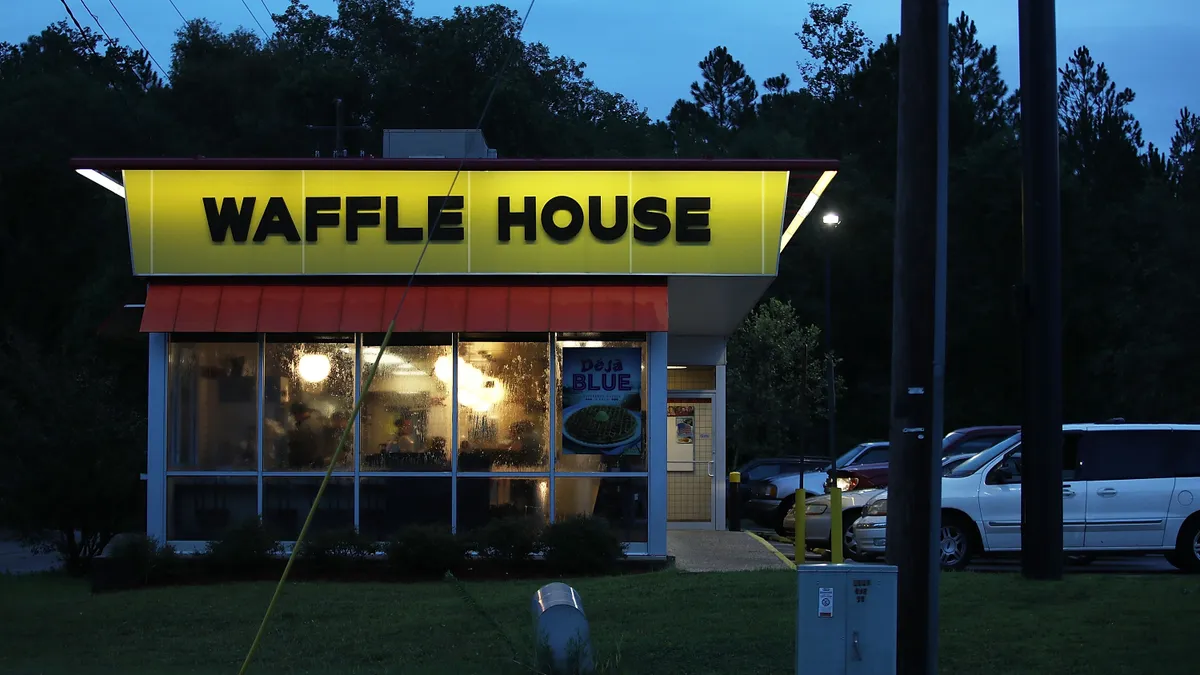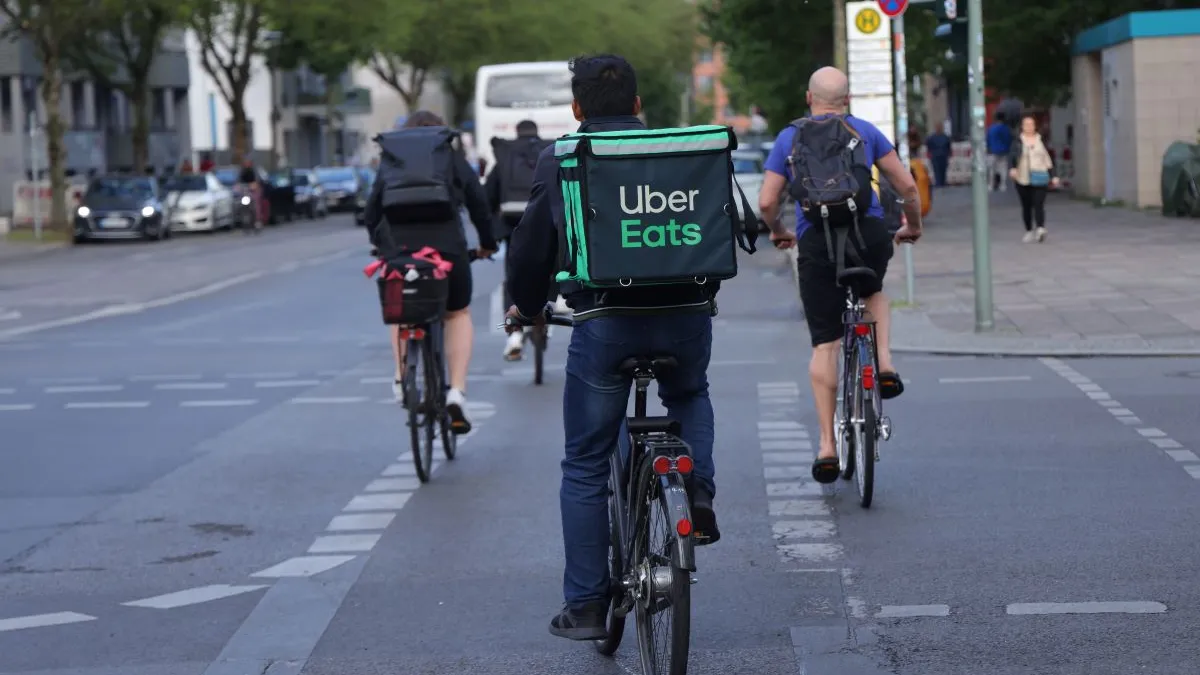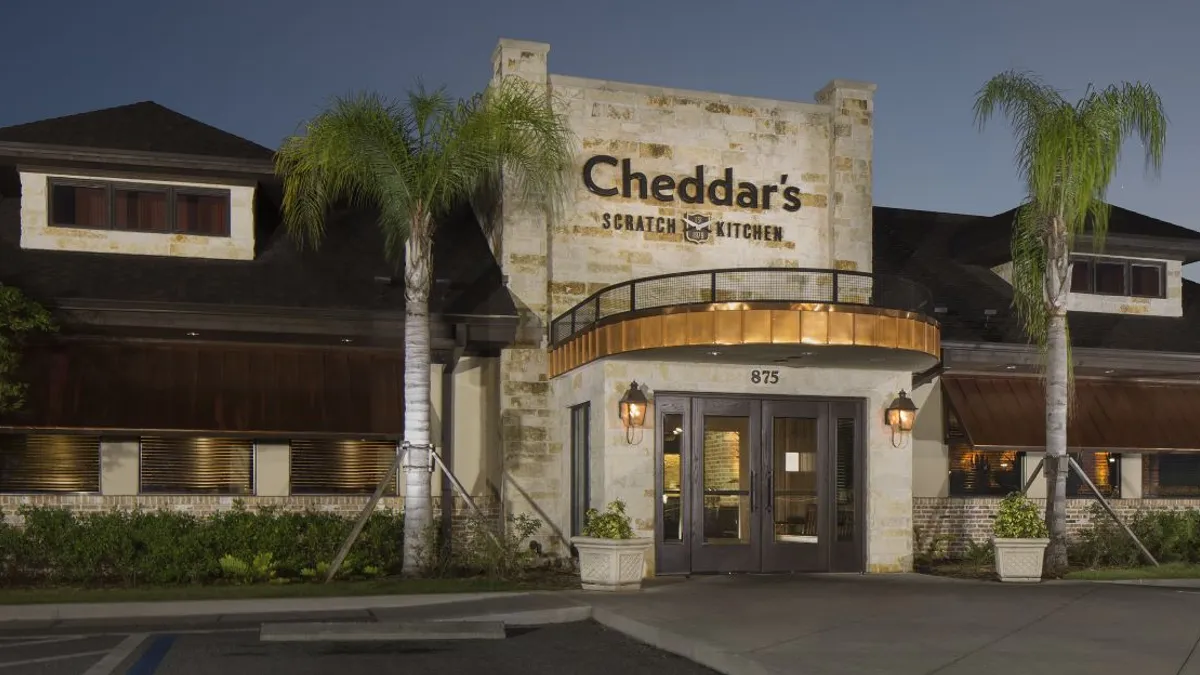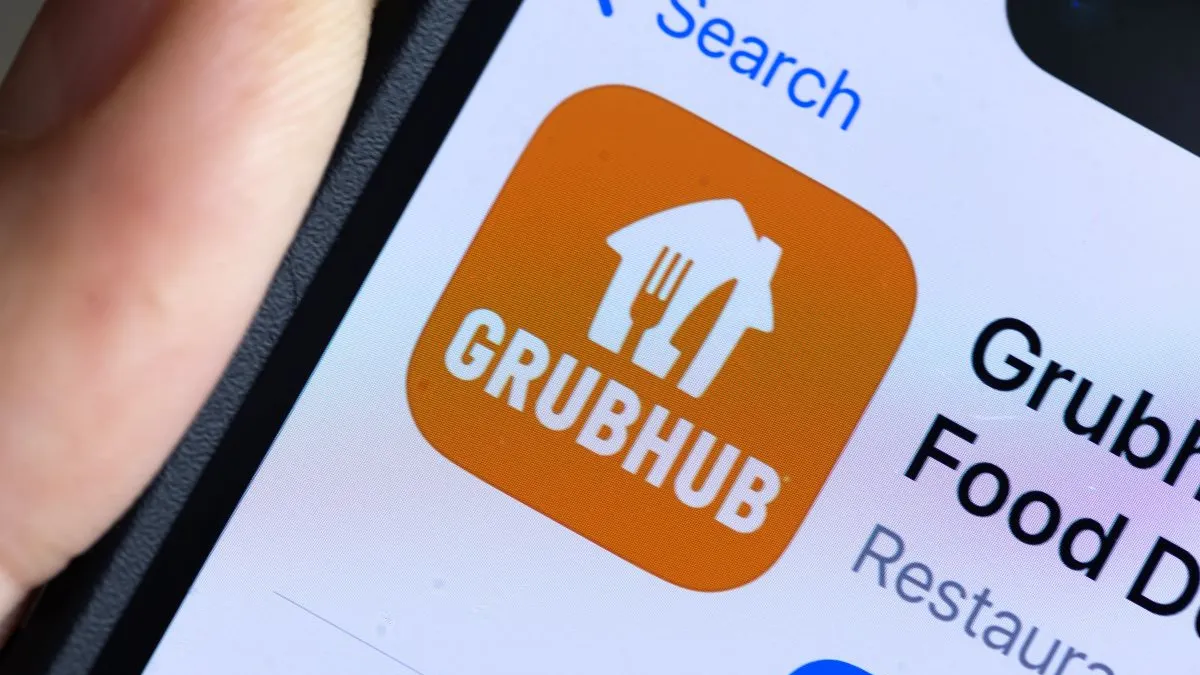For nearly a year now, restaurants in many jurisdictions have either closed for dining or operated at partial capacity. Consumers are relying on takeout, which has pressured the supply chain for takeout containers and driven manufacturers to innovate to create a new takeout packaging world.
"It has been interesting to see foodservice packaging innovations come back to their origin. Stopping the spread of communicable diseases was the reason foodservice packaging was created in the first place," Natha Dempsey, president of the Foodservice Packaging Institute, wrote in an email.
Restaurants, from fast casual to fine dining, upgraded their takeout packaging in 2020, according to the National Restaurant Association’s "State of the Restaurant Industry" 2021 report.
The group also found that nearly half of full-service restaurants introduced delivery in 2020, and more than half added curbside pickup, creating a need for specific types of food packaging.
But Dempsey stressed that this isn't a boom time for foodservice packaging manufacturers.
"Even though there has been a large shift for restaurants to move to curbside, take-out and delivery options, there is actually less foodservice packaging being used now than before the pandemic," she wrote. "Many food establishments closed temporarily, or they remain closed, and that loss in product use hasn’t been offset by the shift to take-out channels."
Design meets delivery
There has been "an increased use of tamper-evident and tamper-resistant packaging, designed to protect food and beverage when it’s on the go," Dempsey wrote.
Compartmentalized boxes are in demand, said Matt Baryshyan, vice president of sales and marketing for F.C. Meyer Packaging. For example, a delivery box for a cheeseburger with fries could have four compartments: one for the fries, which is vented; another for the burger; a third for the bun so it’s not soaked by the hot fries or burger; and another for the lettuce, tomato and onion that a customer can add on top.
"Stopping the spread of communicable diseases was the reason foodservice packaging was created in the first place."

Natha Dempsey
President of the Foodservice Packaging Institute
F.C. Meyer Packaging has also been making packaging customized with the restaurant’s branding, sometimes printing the menu directly on the box.
"People want to have their brand out there since they don’t have people coming into the restaurant," Baryshyan said.
Kevin Beasley, CIO at VAI, an ERP software company, said its customers are also seeing more demand for better quality packaging for food as it’s being delivered. Where a restaurant may have once sent a delivery driver out with two or three orders, now the driver takes 20 to 30 orders.
"They have to repackage that stuff so it doesn’t get there ice cold in the dead of winter," Beasley said, adding that analytics have helped with sourcing.
To-go competes with corrugated
Sourcing material has been difficult because packaging manufacturers are also competing with corrugated box manufacturers — producers of another in-demand item.
"As demand for boxes increased very quickly, due to the volume of items being shipped, and the supply of materials to make those boxes was squeezed — foodservice packaging manufacturers were in the same position as many other manufacturers across the country," Dempsey wrote about this competition at the height of the pandemic.
In late January, Packaging Corporation of America reported record sales for Q4 2020 from containerboard mills and corrugated product plants, due to strong demand.
Baryshyan said he's facing delays in acquiring raw materials. Where lead times were once five to six weeks, it’s now 10 to 12. Having multiple suppliers has helped, he said, so F.C. Meyer Packaging can source materials from multiple places.
And it's not just restaurants sourcing food packaging. Baryshyan said his company has been making closed packaging, mostly for nursing homes and hospitals where at-risk patients can’t safely congregate in cafeterias or dining halls.
"They take a full disposable service, which includes our box that fits into a tray," he said, with spaces for a drink, condiments and a cutlery kit.
F.C. Meyer Packaging has also seen a demand for small bakery boxes, but not always from bakeries. Due largely to the popularity of baking shows, watched by people stuck at home, consumers want small bakery boxes for themselves to share what they’re making.
"People are baking scones and beautiful tarts that they’re learning on these shows, and they need packaging," he said.
Sustainability still a factor
Yelling "the pandemic!" could have been an excuse for foodservice packaging manufactures to give up on sustainability goals, but that hasn’t happened, said Adam Gendell, associate director of the Sustainable Packaging Coalition.
"There was definitely skepticism of where is sustainability going to fall on the list of priorities with an economic downturn, and with hygiene and safety taking center stage," Gendell said. "None of those considerations have been swept under the rug. The companies we work with are still very much committed to the goals they laid out in 2017 and 2018."
Companies are not reverting back to Styrofoam, he said, and responsibly-sourced and recycled fiber are still in demand. The shift from plastic to paper is also moving ahead. Manufacturers are "doing novel things with molded fiber and new shapes with aesthetic characteristics that are really pushing the envelope," Gendell said.
The biggest effect the pandemic has had on packaging innovation is that safety concerns shut down research and development labs.
"We’re hearing by and large it was a pause button, not a stop," Gendell said.
This story was first published in our weekly newsletter, Supply Chain Dive: Operations. Sign up here.


